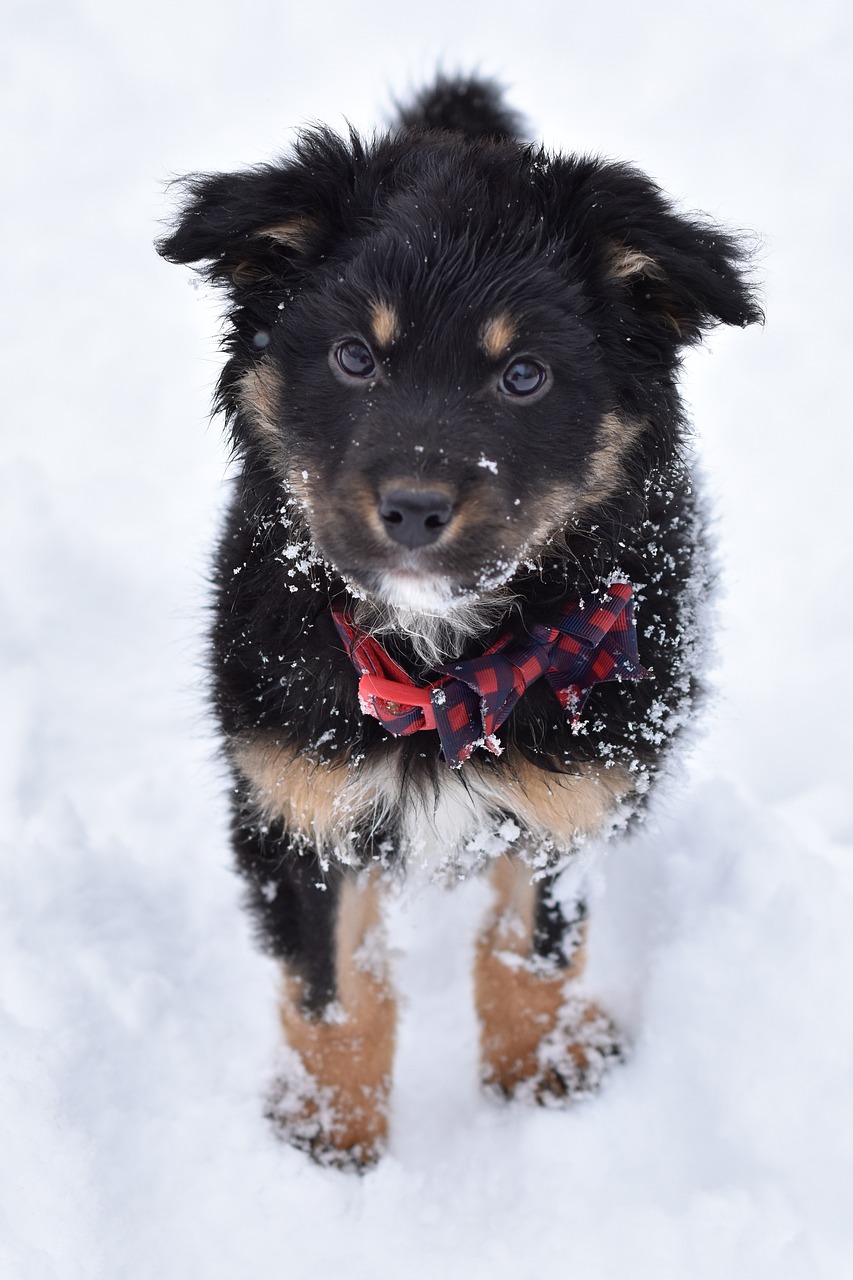Cold weather poses several potential hazards to paws, such as: Dryness, chapping, and cracking. Paw pads can become dry due to cold temperatures and dry air. De-icers, including salt, may lead to irritation or chemical burns, causing discomfort and potential sores or infections if your dog licks or chews their paws.

Paw injuries: Walking on salt crystals, rocks, or sharp objects concealed beneath snow can cause pain and cuts.
Frostbite: Similar to humans, dogs’ feet and toes are susceptible to frostbite if exposed to extreme cold.
Slips and falls: Slippery ice can result in trauma or injuries, particularly for pets with conditions like arthritis, making it challenging for them to maintain stability on slippery surfaces.
5 Tips for Protecting Your Dog’s Paws:
1. Moisturize Paw Pads: Apply a salve before walks to create a protective barrier against ice and chemicals.
2. Hydration Matters: Ensure your dog stays hydrated in the dry winter months. Bring water on walks, and consider using a humidifier at home to prevent skin irritation.
3. Paw Care: After walks, clean your dog’s paws with warm water to remove ice, salt, and chemicals. Towel dry to keep both paws and floors clean.
4. Consider Dog Boots: Invest in well-fitted dog boots to shield paws from winter hazards. Ensure a snug fit without affecting circulation, and introduce them gradually.
5. Monitor Paw Health: Regularly check your dog’s paw pads for redness, cracks, or wounds. Be attentive to excessive paw licking, as it may indicate discomfort.